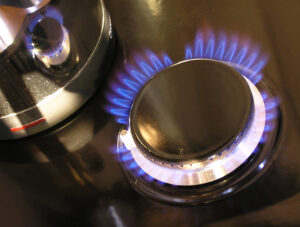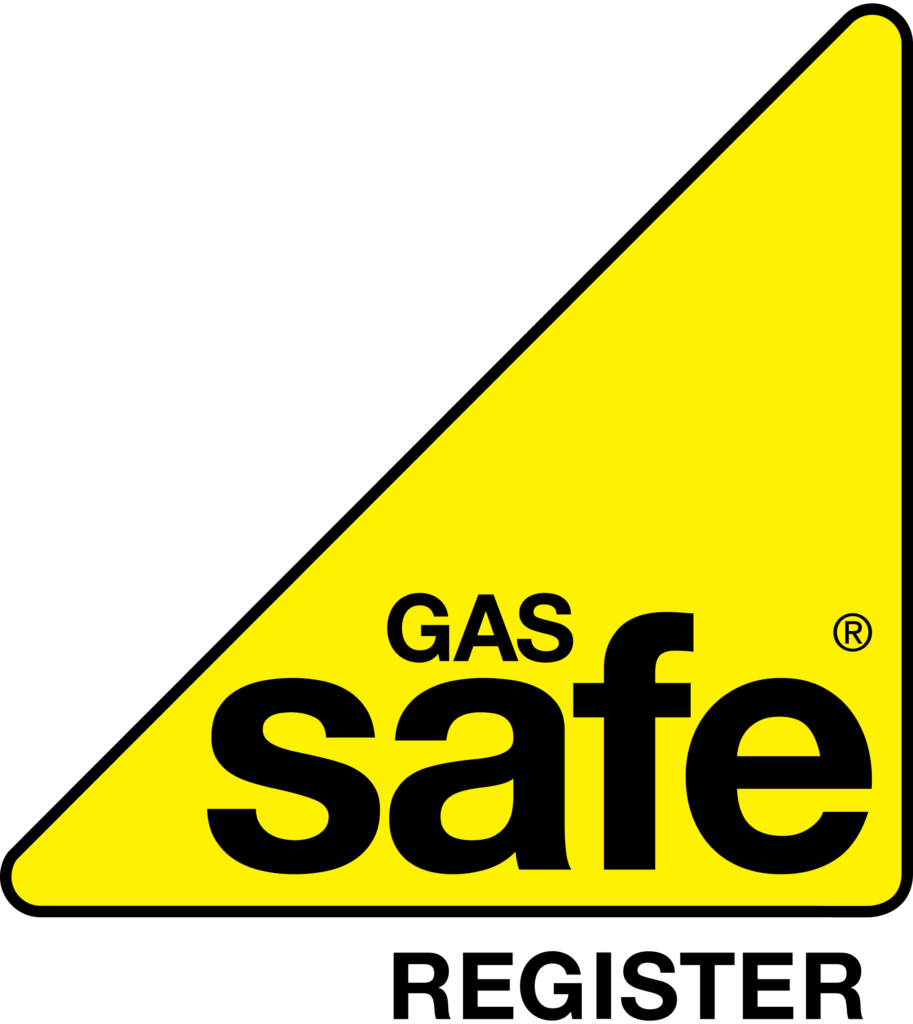Landlords in the UK are legally required to maintain high standards of safety for their tenants. A key aspect of this responsibility is ensuring electrical systems are safe and compliant. One of the most important obligations is securing an up-to-date Electrical Installation Condition Report (EICR), commonly known as the landlord’s electrical certificate. This certificate demonstrates that all electrical installations on the property, such as wiring, sockets, and fuse boxes, function correctly and do not pose a risk to occupants.
This article serves as a comprehensive guide to the EICR certificate, explaining landlords’ legal responsibilities, outlining the process of electrical safety testing and detailing the steps landlords must take if their property fails an inspection. Understanding these requirements is essential for both compliance and ensuring tenant safety.
The EICR Certificate
An Electrical Installation Condition Report (EICR) is a document provided after the assessment of a property’s electrical systems and installations. It serves as a comprehensive safety check, ensuring the wiring and other electrical installations meet current safety standards.
This electrical certificate evaluates the safety, condition, and potential hazards of all electrical installations in a property, identifying faults or deviations from the safety standards. The EICR certificate ensures landlords and business owners comply with legal obligations, protecting building occupants from electrical risks such as fires, electric shocks or system failures.
Table of Contents
ToggleCurrent Legislation
The Electrical Safety Standards in the Private Rented Sector (England) Regulations 2020 make it mandatory for landlords to conduct an EICR on all rental properties at least once every five years by a competent and qualified person. However, it is recommended that an EICR be carried out every three to five years or whenever there is a change of tenancy in a property, to ensure the ongoing safety of the electrical installation.
If the EICR report identifies any electrical defects or issues, the landlord is legally required to make necessary repairs within 28 days of receiving the report to ensure the property meets compliance regulations.
Landlord Safety Checks and Responsibilities
As part of a landlord’s duty to maintain a safe rental environment, landlords must carry out electrical safety checks, including securing a landlord’s electrical certificate, the EICR. Landlords can complete basic safety checks ahead of an EICR inspection to ensure their property is ready. Tasks like inspecting outlets, checking light fixtures, testing appliances, reviewing the fuse box and verifying smoke alarms help identify potential hazards, making the inspection smoother and ensuring compliance with electrical safety standards.

These landlord safety checks aim to ensure that all electrical installations and appliances are safe at the start of a tenancy and throughout the rental period. Landlords must remain proactive in monitoring the condition of their property’s electrical systems, as failure to comply can lead to fines, penalties or resident harm.
Key responsibilities after completing the EICR test:
- Provide a copy of the inspection report to any existing, new or prospective tenants.
- If the local council requests a copy of the report, this must be supplied within 7 days of the request.
- Keep the EICR report and hand it to the inspector when the next EICR test is due.
- Ensure you comply with the 18th edition of the BS 7671 Wiring Regulations, including for alterations to existing and new installations.
What Does the EICR Inspection and Testing Involve?
During an EICR inspection, a registered and qualified electrician will thoroughly evaluate the property’s electrical installations to ensure safety and compliance with current regulations. The inspection involves a visual examination and hands-on testing of various electrical components, such as wiring, circuit breakers, sockets, switches, protective bonding, and the fuse box. The goal is to identify any signs of wear, deterioration, or risks that could pose hazards like electrical fires or shocks.
The electrician employs specialised testing tools, including insulation resistance testers, which measure the effectiveness of electrical insulation, and earth loop impedance testers, which assess the system’s ability to handle electrical faults safely. These tools help detect potential dangers, such as overloaded circuits, inadequate grounding or faulty wiring connections.
The time required for the inspection depends on the size of the property and the complexity of its electrical installations. Smaller properties may take as little as 30 minutes. However, larger or older properties with more intricate systems could take up to an hour.
Following the inspection, the electrician will provide a comprehensive EICR report, including any faults discovered and recommendations for remedial actions.
What Does The Electrical Inspection Report Include?
Following the inspection, the electrician will produce a detailed Electrical Installation Condition Report (EICR) which classifies each electrical element of the inspection with a satisfactory or unsatisfactory outcome.
Any issues that are found will be categorised using codes that indicate the severity of the problem and whether further testing or remedial actions are required.

- C1 – Danger present: There is an immediate risk of injury, and remedial action must be taken as soon as possible. If a C1 issue is found, the electrician may take temporary measures to make the installation safe until a permanent repair is carried out.
- C2 – Potentially dangerous: While not immediately hazardous, a C2 fault presents significant risk and requires urgent attention. The property owner must arrange for repairs within 28 days.
- FI – Further investigation required: When an issue cannot be fully assessed during the initial inspection, further investigation is needed to confirm whether the system is safe.
- C3 – Improvement recommended: This is a non-dangerous fault. While not urgent, addressing the issue can improve the safety of the installation. Properties with only C3 codes are deemed “satisfactory” since there are no serious safety risks.
If the property passes the inspection, the landlord will receive an EICR certificate, confirming that the electrical installations meet safety standards.
What Happens if You Fail an Inspection?
If the landlord’s electrical certificate results in an ‘unsatisfactory’ grade, meaning that there are C1 or C2 issues, landlords must address these faults within 28 days or a shorter time if specified. A C3 code is simply a recommendation for improvement and does not require immediate action.
A follow-up inspection should then be carried out to confirm that the issues have been rectified and now meet electrical safety standards or whether further investigative or remedial work remains required. Failure to comply with these requirements could result in legal penalties, including fines of up to £30,000.
If the property is vacant at the time of failing the EICR inspection, all remedial work should be completed before any new tenants move in. Likewise, if a property is currently being rented out and known electrical hazards are not addressed, it poses a serious risk to tenants and can lead to significant legal consequences for the landlord.
Need A Landlord’s Electrical Certificate?
At Landlord Safety Certificate, we specialise in helping landlords meet their legal requirements by offering thorough residential EICR and commercial EICR inspections. Our team of experienced electrical safety engineers is fully qualified to conduct these inspections, ensuring that all electrical installations in your property are safe and compliant with current regulations. Tenant safety is our top priority, and we are committed to providing peace of mind through professional service and detailed reporting.
Whether you need more information about the landlord’s electrical certificates or are ready to schedule an inspection in London, we are here to help. We ensure that your property is up to standard, helping you avoid costly fines or potential risks to tenant well-being. Contact us today to arrange your EICR inspection and protect your property and tenants.






